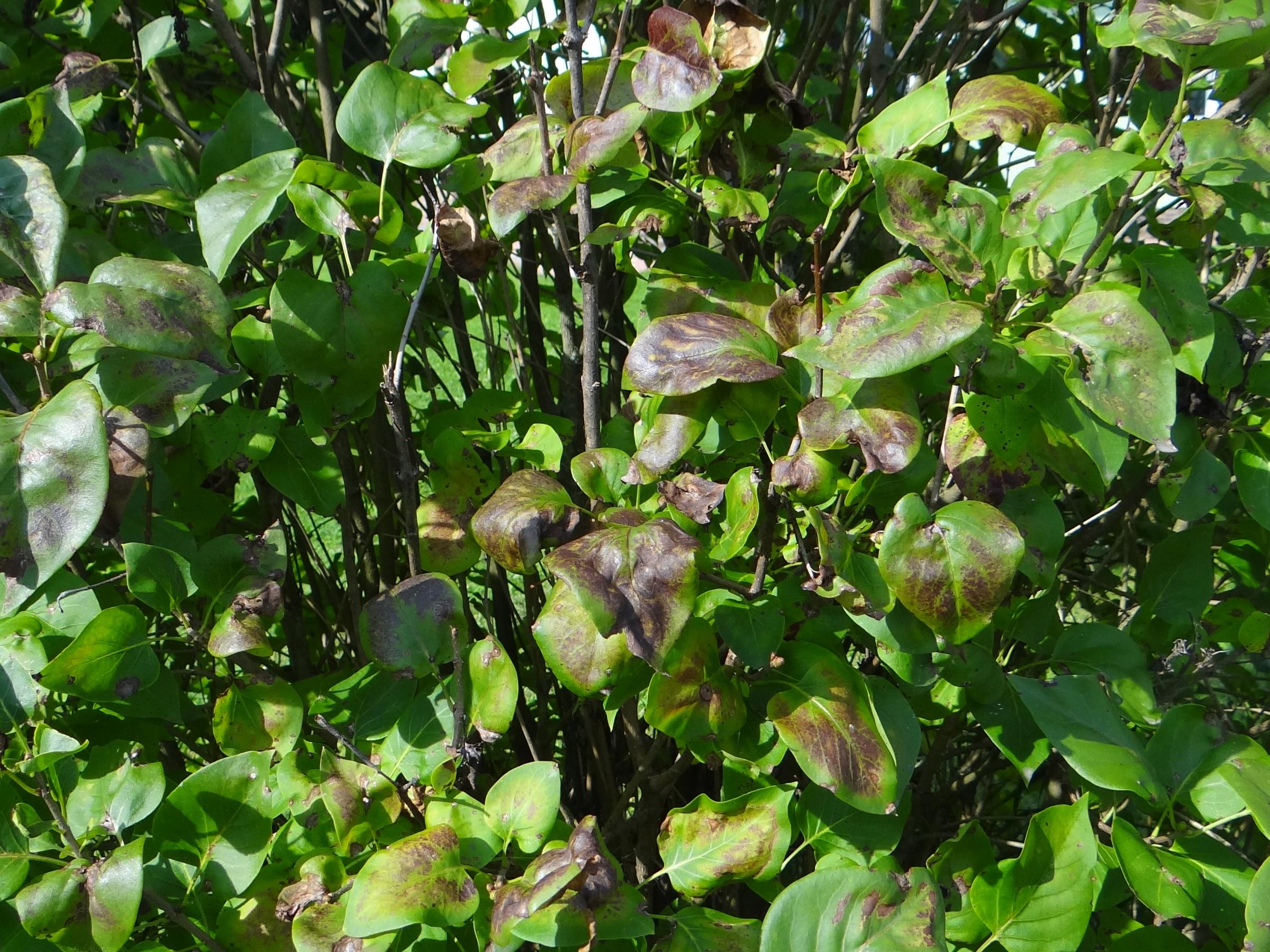
Bacterial canker
Pseudomonas syringae
Also Known As - Bacterial blossom blast,Bacterial canker and blast,Bacterial leaf spot,Angular leaf spot,Leaf spot Angular,Citrus blast,Bacterial blightWhat is Bacterial canker (Pseudomonas syringae)?
Pseudomonas syringae is a bacterial pathogen that causes economically important diseases in the Pacific Northwest. It infects a wide range of fruits, vegetables, and ornamental plants, including plums, cherries, apricots, peaches, and ornamental Prunus species. Common symptoms include flower blast, dead buds, necrotic leaf spots, fruit spots, shoot-tip dieback, stem cankers, and inhibited seed germination. Disease severity varies, with factors like wounds, plant dormancy, soil conditions, and dual infections increasing susceptibility.
How dose Bacterial canker (Pseudomonas syringae) occur?
Pseudomonas syringae reproduces through binary fission, dividing into two identical daughter cells. It rapidly multiplies in favorable conditions of high humidity and moderate temperatures. The bacterium can survive in infected plant debris, weeds, and soil. Spread occurs through water splashes, wind, insects, and contaminated tools. It can also establish latent infections within plant tissues, aiding its long-term persistence and further spread.
Symptoms
1 - Effects on Plants
It can cause various diseases in plants, including leaf spots, blights, cankers, and wilts. It damages plant tissues, reducing photosynthetic capacity and overall plant vigor. Infected plants may experience stunted growth, chlorosis, necrosis, and premature defoliation.
2 - Effects on Soil
The bacteria can persist in soil, particularly in plant debris, affecting soil health and nutrient cycling. It can lead to a decline in soil fertility and disrupt the microbial community, impacting beneficial soil organisms and their functions.
3 - Effects on the Environment
• Pathogens can potentially impact the environment through the contamination of water sources, especially if transmitted via irrigation or rainwater runoff. • The bacteria's introduction to new ecosystems, particularly in agricultural or natural environments, can disrupt local plant populations and ecosystems' balance.
Solutions
1 - Cultural Practices and Crop Rotation
• Implement good sanitation measures by removing and destroying infected plant debris. • Rotate susceptible plant species with non-host plants to disrupt the disease cycle. • Maintain proper plant nutrition and avoid excessive nitrogen fertilization.
2 - Integrated Pest Management (IPM) and Resistant Varieties
• Implement an IPM approach, combining various strategies to manage the disease effectively. • Choose and plant resistant or tolerant varieties to reduce susceptibility. • Explore the use of beneficial microorganisms or biocontrol agents to suppress bacterial growth.
3 - Chemical Control
Chemical Control: Antibiotics such as streptomycin and oxytetracycline, as well as copper-based fungicides or bactericides like copper sulfate and copper hydroxide, can be used to treat Pseudomonas syringae infections. Follow label instructions and apply at the right time and concentration.
